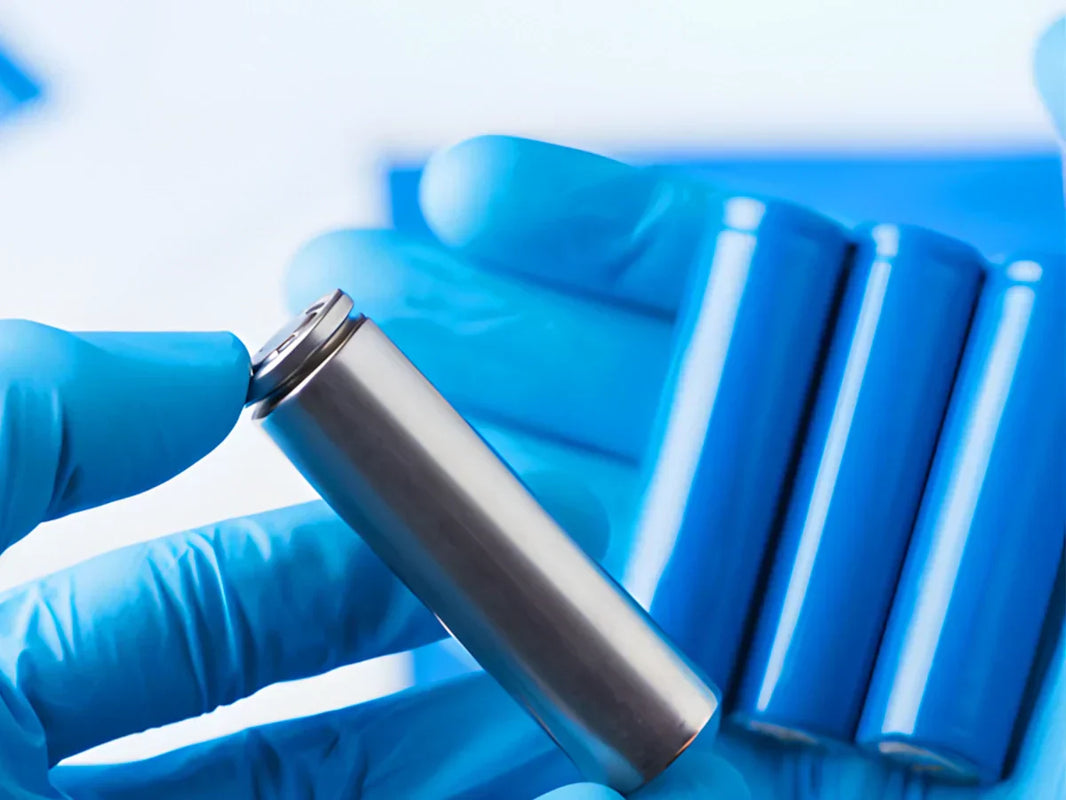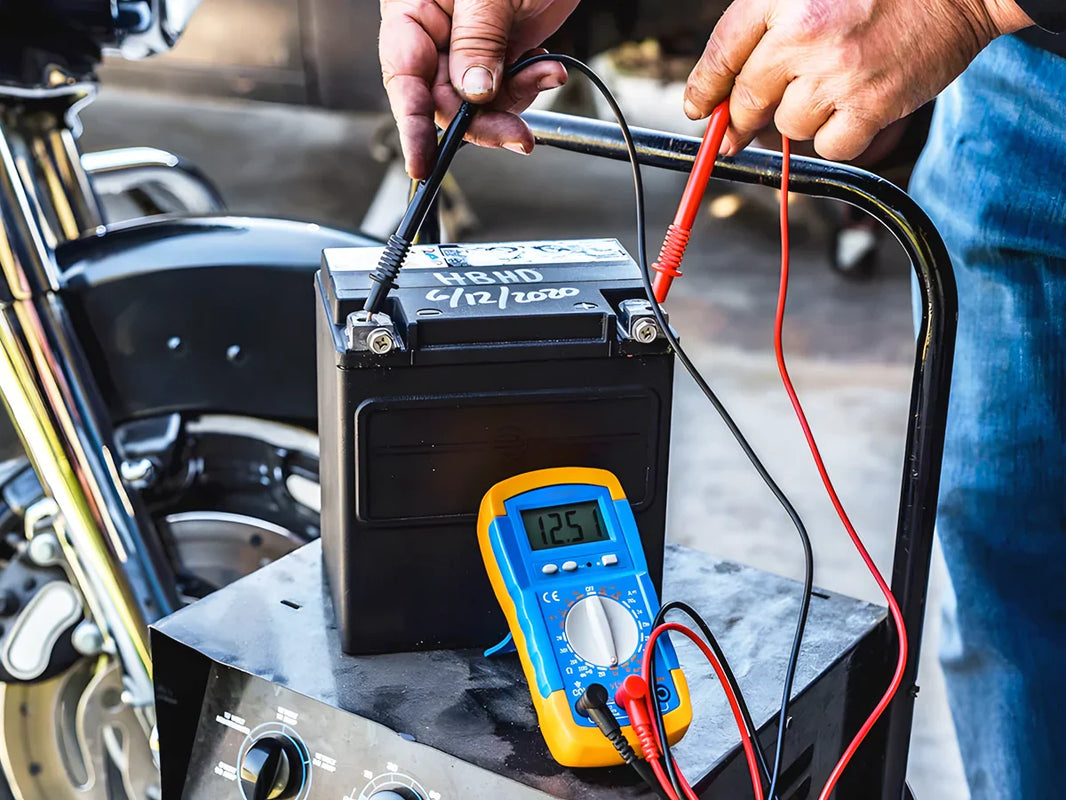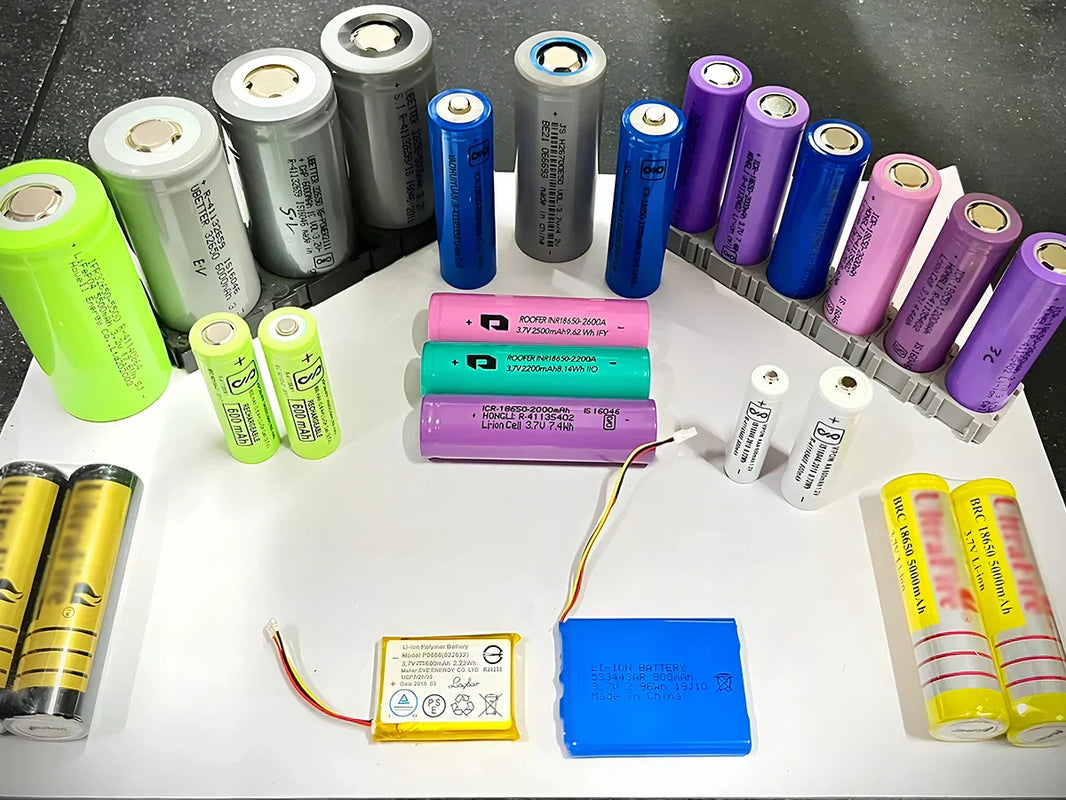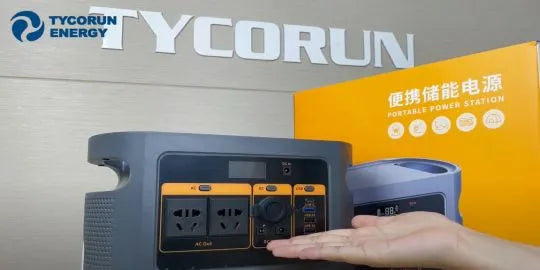
The continuous shortage of global oil resources and the continuous deterioration of the urban-centric atmospheric environment have brought great challenges to the development of modern human society, resulting in frequent occurrence of local wars, economic crises, natural disasters and abnormal diseases in recent years. Energy is an important material basis for human survival and social development, and an important cornerstone for the national economy, national security, and the realization of sustainable development.
With the continuous rapid development of China's national economy, problems such as lack of energy resources, irrational structure, and serious environmental pollution have become increasingly prominent. With the rapid economic development for more than a decade, China is currently also facing serious energy resources and environmental problems, and the future development trend will be more concerned by people. For example, in 2004, China consumed 6 million barrels of oil a day and imported 100 million tons of oil (equivalent to a quarter of the total US oil imports). It is estimated that China’s oil dependence on foreign sources will reach 60% by 2020. At that time, the energy support system of the national economy will become very fragile. The use of a large number of petrochemical products has caused serious urban air pollution. Some research reports indicate that 70% of urban air pollutants come from automobile exhaust emissions.

The energy consumption of vehicles accounts for 40% of the world's total energy consumption, and the energy consumption of automobiles accounts for about a quarter of it. At present, the annual growth rate of automobiles in China has reached more than 25%. According to estimates, by 2010 and 2020, China's automobile fuel demand will be 43% and 57% of China's total oil demand that year, respectively. Automobiles will "eat" about half of the self-produced and imported oil. For a long time, people have made unremitting efforts in many ways to try to alleviate the pressure caused by energy and environmental issues. The development of energy-efficient and waste-free hybrid electric vehicles (HEV) and pure electric vehicles (PEV) is considered to be one of the most effective ways to solve these problems.

The research and development of electric vehicles is the most realistic and effective way for the current energy crisis and environmental protection. The promotion and popularization of electric vehicles can not only alleviate the pressure on the country to import oil, but also eliminate or reduce the environmental pollution caused by vehicle exhaust. With increasing pressure on energy and environmental protection, the market share of electric vehicles with zero (low) pollution, low noise, and a wide range of energy sources will continue to expand. Entering the 21st century, the automobile industry has begun to face a critical period of transition from traditional internal combustion engine vehicles to electric vehicles. Experts predict that this will not only bring a technological revolution and industrial breakthrough to the automotive industry, usher in the second wave of development, but also drive the electronic machinery, precision machining, new materials and other related industries to achieve a leap and great development and its market size will be comparable to that of current fuel vehicles.
In the past, large batteries were always monopolized by lead-acid batteries. Although the price of lead-acid batteries is low, the negative impact of lead-acid batteries on the environment, their low mass specific energy and volume energy, and their own limitations in charge and discharge characteristics, the application of lead-acid batteries in electric vehicles has always been restricted, and they can only be used in vehicles in some specific fields. In fact, electric vehicles have been tried as early as the 1930s, but they have not been able to be applied on a large scale due to the use of lead-acid batteries. The emergence of lithium-ion batteries has brought strong impetus to the development of electric vehicles.
















